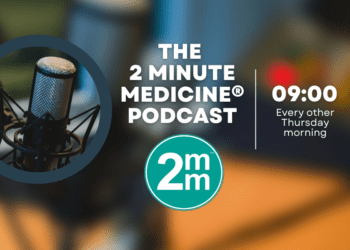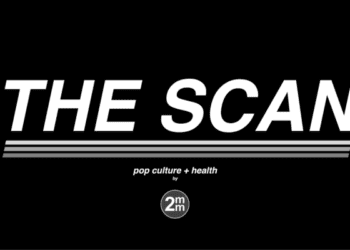Childhood tuberculosis incidence may be 25% higher than prior estimates
1. New estimates indicated that the total number of cases of new pediatric tuberculosis in 22 high-burden countries (HBCs) could be much higher than original estimates by the World Health Organization (WHO).
2. The estimated case detection rate of pediatric tuberculosis was 35%, dramatically lower than the WHO estimate of 66%.
Evidence Rating Level: 3 (Average)
Study Rundown: Estimating burden of pediatric tuberculosis is not routine due to a lack of well-defined targets and challenges in the clinical presentation, treatment, and reporting of this disease. The incidence of childhood tuberculosis is a measure of overall disease control adequacy as it signals recent transmissions. This analysis estimated the incidence of childhood tuberculosis (aged <15 years) infection, prevalence, and household exposure in 22 high-burden countries in 2010. The study extrapolated incidence of childhood tuberculosis from the prevalence data based on 2012 WHO estimates of the global burden. Progression risks, effect of HIV, and BCG vaccination efficacy were also evaluated. Yearly, an estimated 650,977 childhood cases developed in the 22 high-burden countries (HBCs) — almost 25% higher than the total worldwide number of new cases in 2012 by WHO estimates. This study was the first to indirectly model the incidence of childhood tuberculosis in HBCs. Limitations of this analysis include uncertainties in protection conferred by BCG vaccination and approximations for representation of HIV infection in children.
This study was funded by UNITAID and the U.S. Agency for International Development
Click to read the study, published today in The Lancet Global Health
Relevant Reading: Pediatric Tuberculosis: Global Overview and Challenges
In-Depth [modeling study]: This study calculated childhood tuberculosis exposure and infection using community notifications and household exposure in 22 HBCs. The community model drew from previous WHO prevalence estimates with case notification data for 2010. Disease type categories (smear positive, smear negative, or extrapulmonary) were used to estimate the force of infection. To obtain annual number of children infected with M tuberculosis in each country, force of infection was multiplied by number of children in each age group (0-1, 1-2,1-5, 5-10, and 10-15 years) according to population estimates. The household model estimate household exposure to infectious cases of tuberculosis by age group based on Demographic and Health Survey data. Predictions from both models were then pooled and multiplied by probabilities of progression and modified by effects of HIV infection and BCG vaccination to estimate total incidence of pediatric tuberculosis. The household exposure model disease estimates were 11% higher than the distribution based on community notifications, with under-reporting most evident in the youngest ages. The predicted median number of M tuberculosis infections in children in 2010 was 7,591,749 (IQR 5,800,053-9,969,780), and an estimated 650,977 children (424,871-983,118) developed disease.
More from this author: Adults with Asperger’s syndrome at increased risk for suicidal thoughts and behaviors,UK fails to reduce deaths of young people, Most comprehensive study to date reveals climbing worldwide obesity prevalence,Weight loss during adulthood linked with long-term cardiovascular benefits, Reduction of key risk factors could prevent 37 million deaths by 2025
Image: PD
©2012-2014 2minutemedicine.com. All rights reserved. No works may be reproduced without expressed written consent from 2minutemedicine.com. Disclaimer: We present factual information directly from peer reviewed medical journals. No post should be construed as medical advice and is not intended as such by the authors, editors, staff or by 2minutemedicine.com. PLEASE SEE A HEALTHCARE PROVIDER IN YOUR AREA IF YOU SEEK MEDICAL ADVICE OF ANY SORT.







